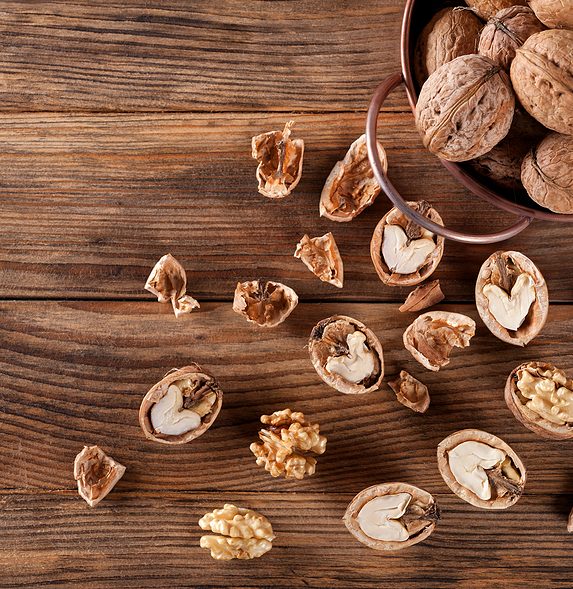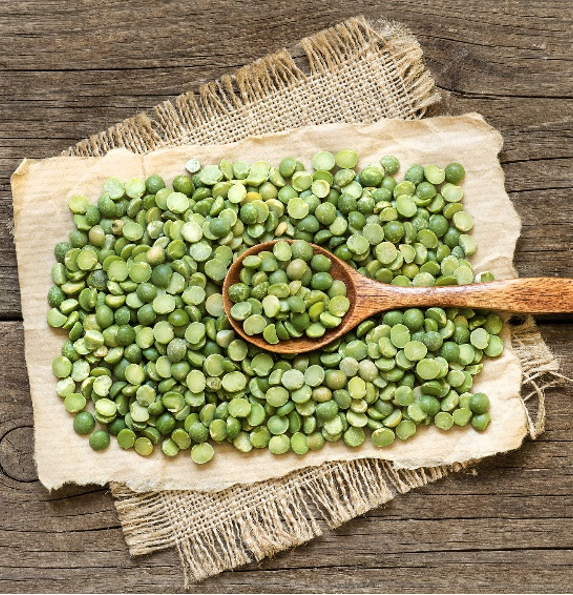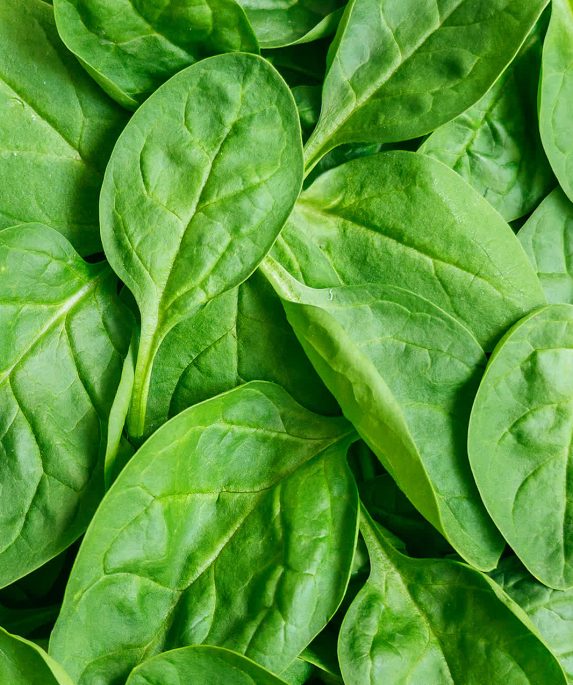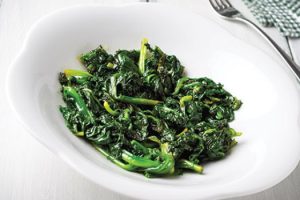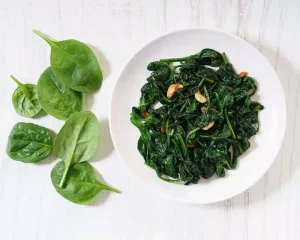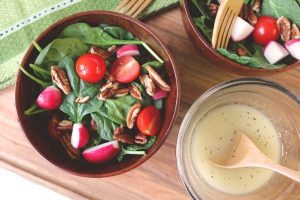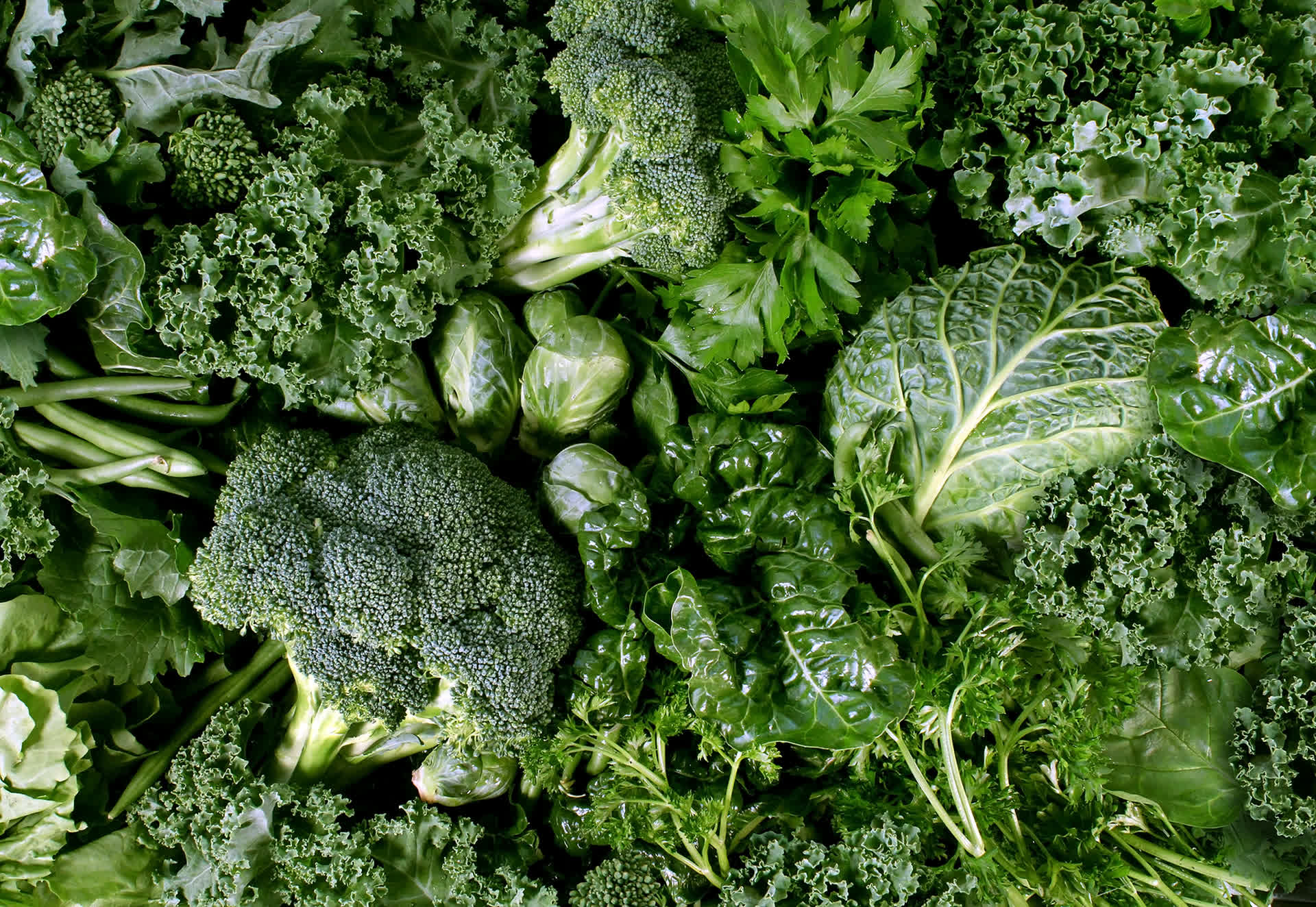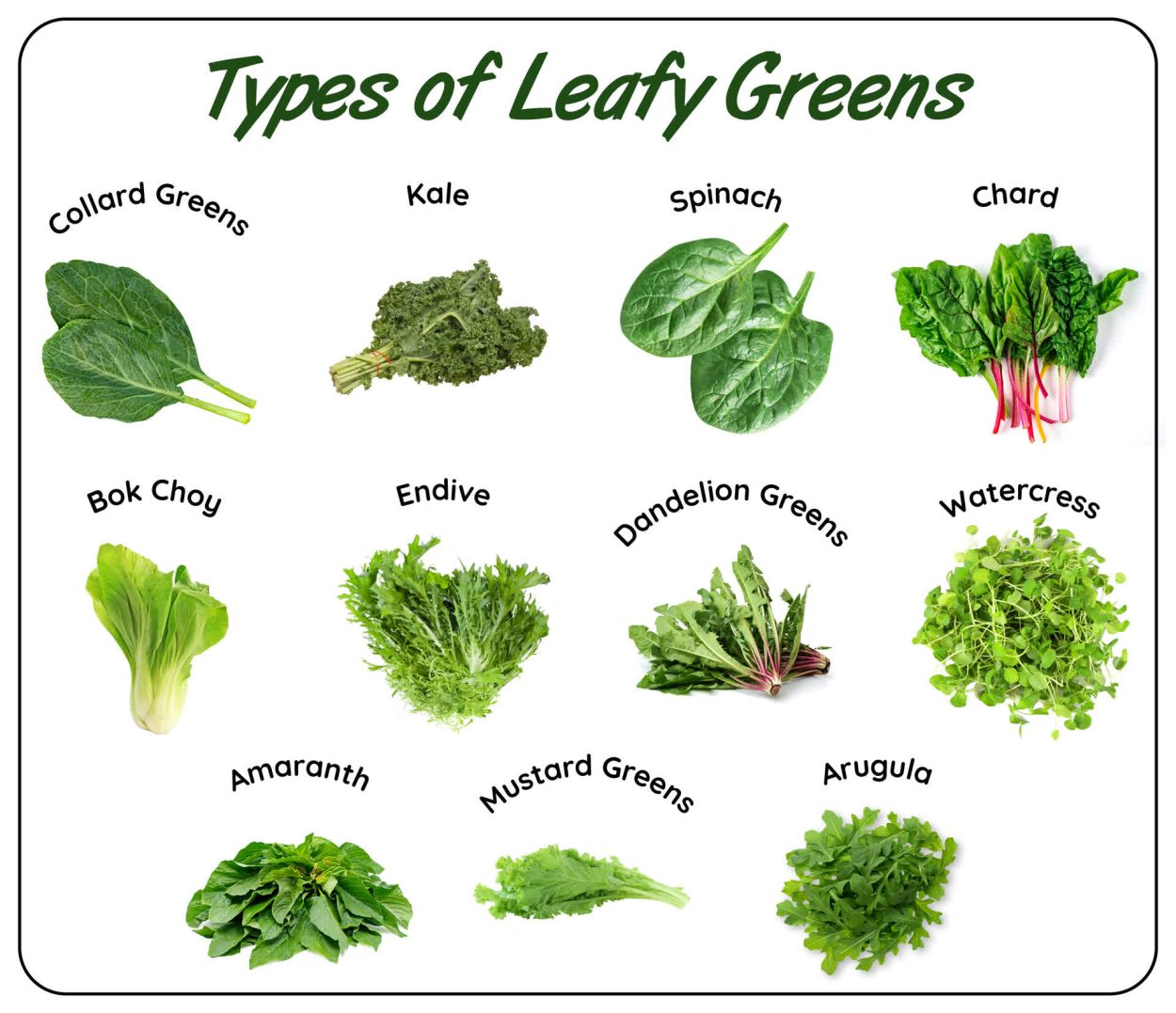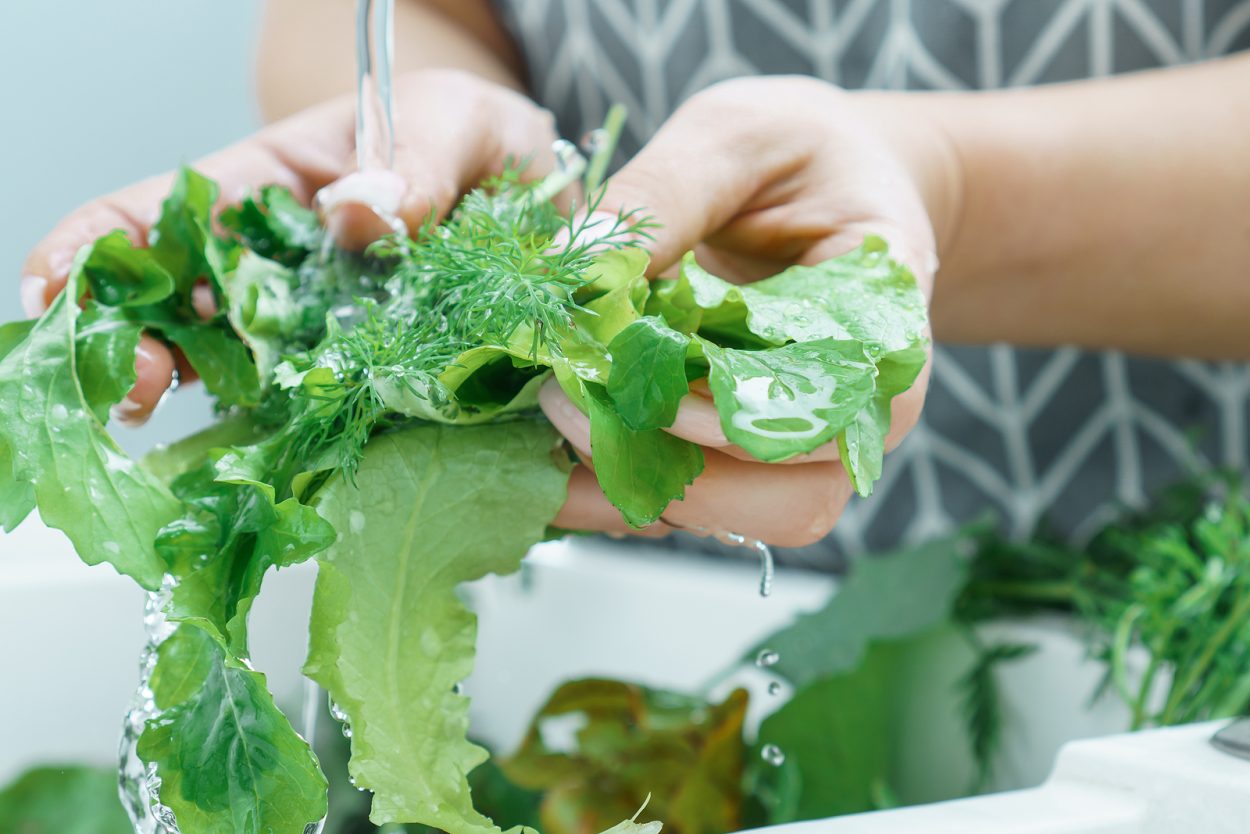Do you like crunchy foods? Walnuts may just fit your craving. They bring a tasty crunch and pack a nutrition punch. Whether you need a quick snack, salad topper, or meal booster, walnuts are a perfect pick. Let’s dive into what makes these nuts so special, fun facts, and 10 easy ways to use them in your cooking!
Why Choose Walnuts?
- Taste: Walnuts have a rich, slightly earthy flavor and soft crunch that’s great in both sweet and savory dishes. They bring a complexity to dishes that many other nuts can’t quite match!
- Easy Snack: Ready to eat right out of the shell, they are a ‘grab and go’ snack.
- Protein Power: Did you know walnuts have protein? Just a small handful (about ¼ cup or 14 halves) gives you about 4 grams of protein and 2 grams of fiber.
- Brain Food: Walnuts have nutrients that support brain health, including omega-3s, vitamin E and folate. Grab a handful when you want a “brainy” snack.
- Antioxidant Power: Walnuts have more antioxidants than almost any other nut, which helps protect your cells from damage and supports overall health.
What’s Fun about Walnuts?
- Brain Shape: Walnuts are shaped a bit like a brain, and they’re known for being a “brain food” due to their omega-3 fatty acid content, which help with brain health.
- What about black walnuts? The walnuts you usually see in stores are called English walnuts (also called Persian walnuts). Black walnuts are a different variety of walnut that has a stronger flavor.
- World’s Biggest Producer: California produces about 99% of the walnuts in the United States and is one of the largest walnut producers in the world!
- Eat them Raw: To maximize the health benefits, look for raw, unsalted walnuts. But don’t eat too many because they have a lot of calories.
- Freezer Friendly: Keep your walnuts fresh by storing them in the fridge or freezer in a sealed container. This can keep their natural oils from going rancid and help them last for up to a year!
10 Delicious Ways to Use Walnuts
- Sprinkle on Salads: Add chopped walnuts to salads for a crunchy, protein-packed topping.
- Yogurt or Oatmeal Topping: Mix walnuts into yogurt or oats with honey and berries for a yummy breakfast.
- Baking: Walnuts are perfect in baked goods like brownies, muffins, and banana bread.
- Smoothies: Add 2 – 3 walnuts to your smoothie for extra creaminess.
- Trail Mix: Combine walnuts with dried fruit and dark chocolate for an easy, on-the-go snack. Try our Trail Mix recipe. https://foodtalk.org/en/recipe/walnut-trail-mix
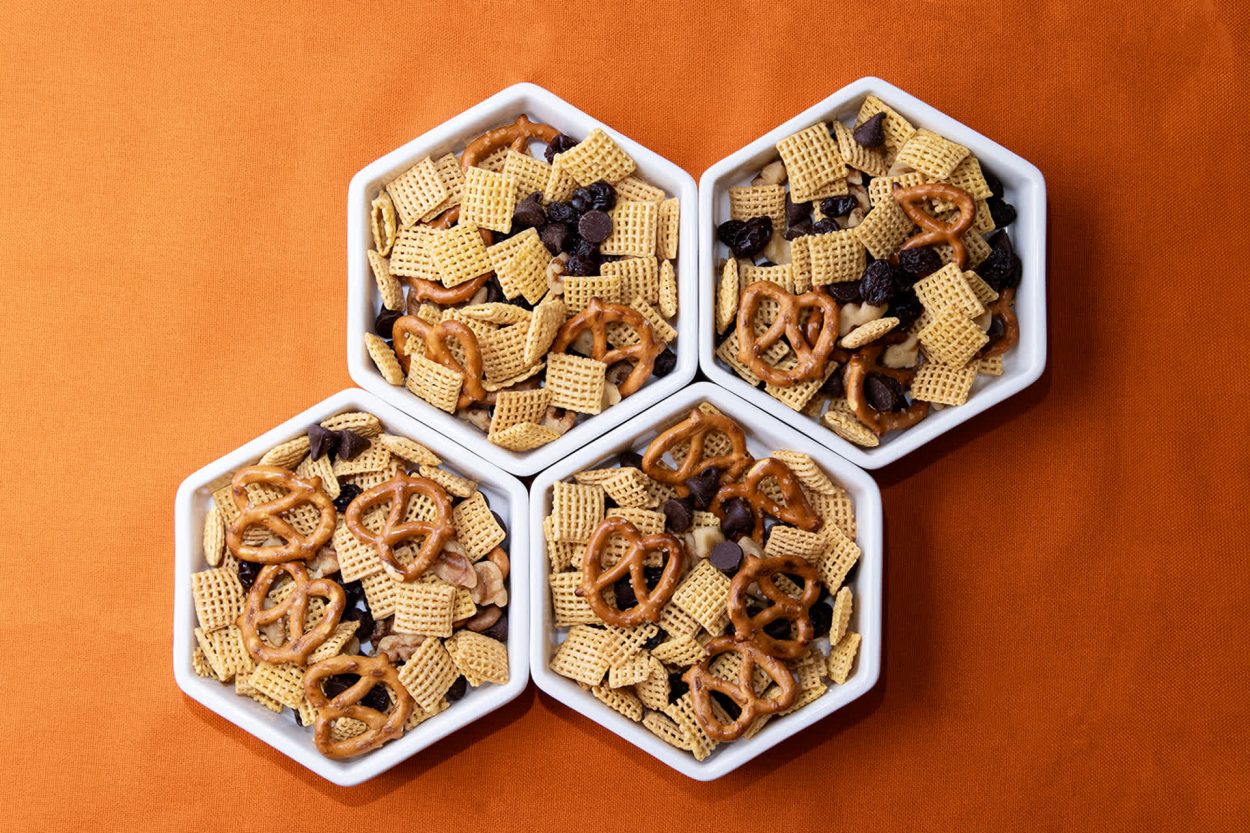
- Granola: Make homemade granola with oats, walnuts, and a touch of honey or maple syrup…. or simply add a handful of walnuts to your morning cereal.
- Pesto: Whip up a simple walnut pesto made from walnuts, pureed with extra virgin olive oil, basil, garlic, salt, and pepper. Drizzle it over roasted veggies, toss it with zucchini spirals, or use it as a creamy, flavorful salad dressing.
- Meal Booster: Sprinkle walnuts onto black bean or lentil soup at lunch and include them in recipes like veggie tacos and stir-fries at dinner.
- Nutty Crust: Use crushed walnuts as a coating for chicken or fish to add a delicious, nutty crust.
- Toast ‘em: To enhance their flavor spread on a baking sheet and bake at 350°F for about 5–7 minutes. Watch closely so they don’t burn!
We’ll leave you with a bonus: Want a fun craft? Use empty walnut shells and make little boats, ornaments and reindeer. Just grab some glue, markers, felt, pipe cleaners and let your imagination and creativity take over!
Published on February 19, 2025
Laurel Sanville, MS, RDN, LD | Edited by Jung Sun Lee, PhD, RDN; Edda Cotto-Rivera; and the nutrition education team
